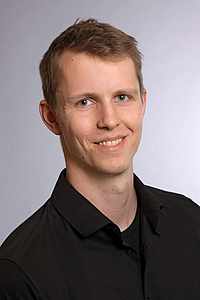XtraTracks
Organized by GMDS AG MoCoMed

Roland Stenger - Move2Screen: An Android App for symptomatic Monitoring of Dystonia (XtraTrack Season 2024)
19.06.2024
Movement disorders are characterized by a paucity or excess of movement. Access to specialists is difficult for patients living in rural areas, making regular visits for symptom monitoring inconvenient. Asynchronous video recording represents a telemedicine approach with temporal freedom, but has the challenge that clinicians and patients can't interact and therefore can't correct errors, which can lead to a decrease in data quality. We therefore propose Move2Screen, an Android application that aims to enable asynchronous therapy monitoring and addresses the problem of lack of interaction by implementing an in-app video protocol for guided recording to capture visible symptoms in the example of cervical dystonia. The videos can be accessed by clinicians after an automated upload. A user study of the app was conducted over a 3-month period and showed strong interest and acceptance with a high willingness to use the app, according to an experience questionnaire. In addition, the app can be used to collect a standardized dataset, allowing a large number of patients to be reached with little effort on the part of clinicians, and also provides the opportunity for semi-automated video-based analysis of current symptoms and longitudinal symptom progression.
Speaker
Roland Stenger (Universität zu Lübeck)

Roland Stenger ist Doktorand der MOVEGroup NWG am Institut für Medizinische Informatik an der Universität zu Lübeck.
Organized by GMDS AG MoCoMed / Impressum / Privacy